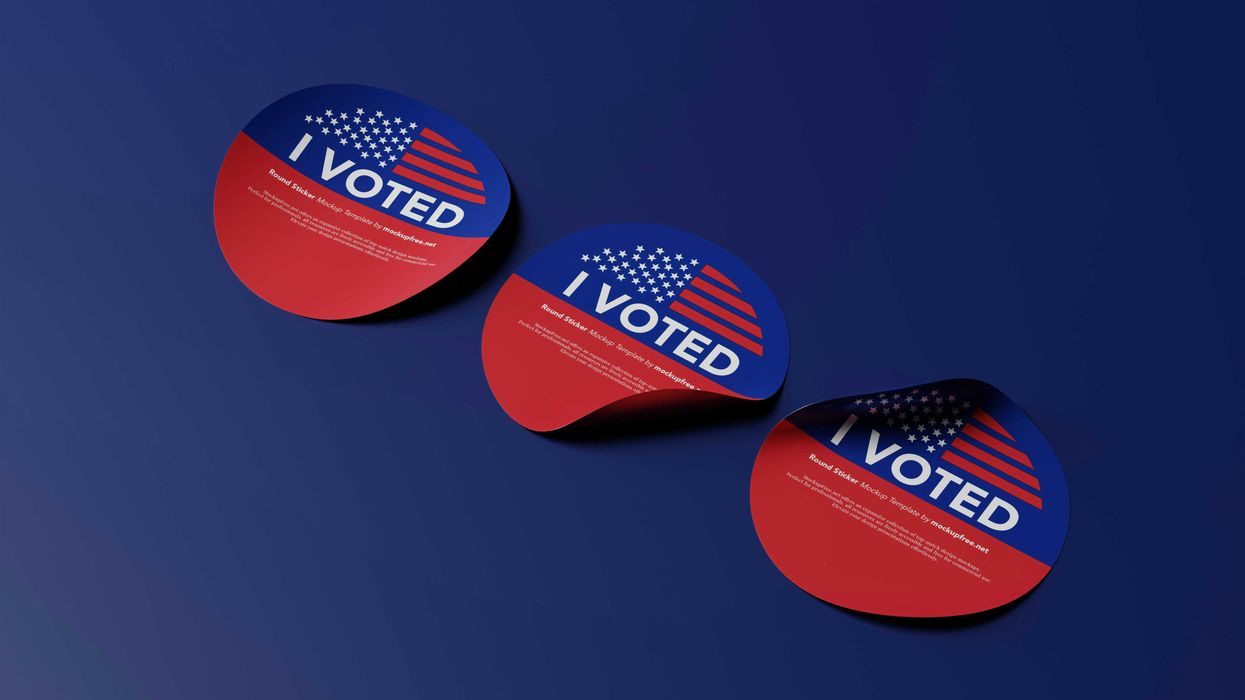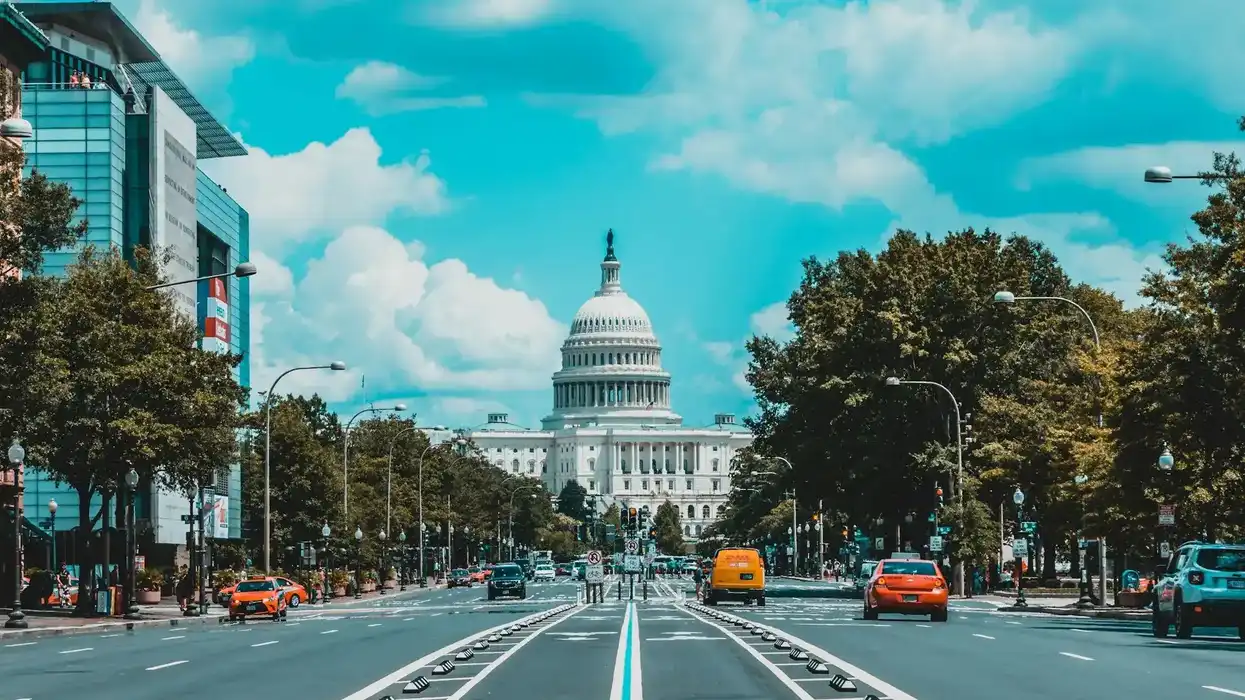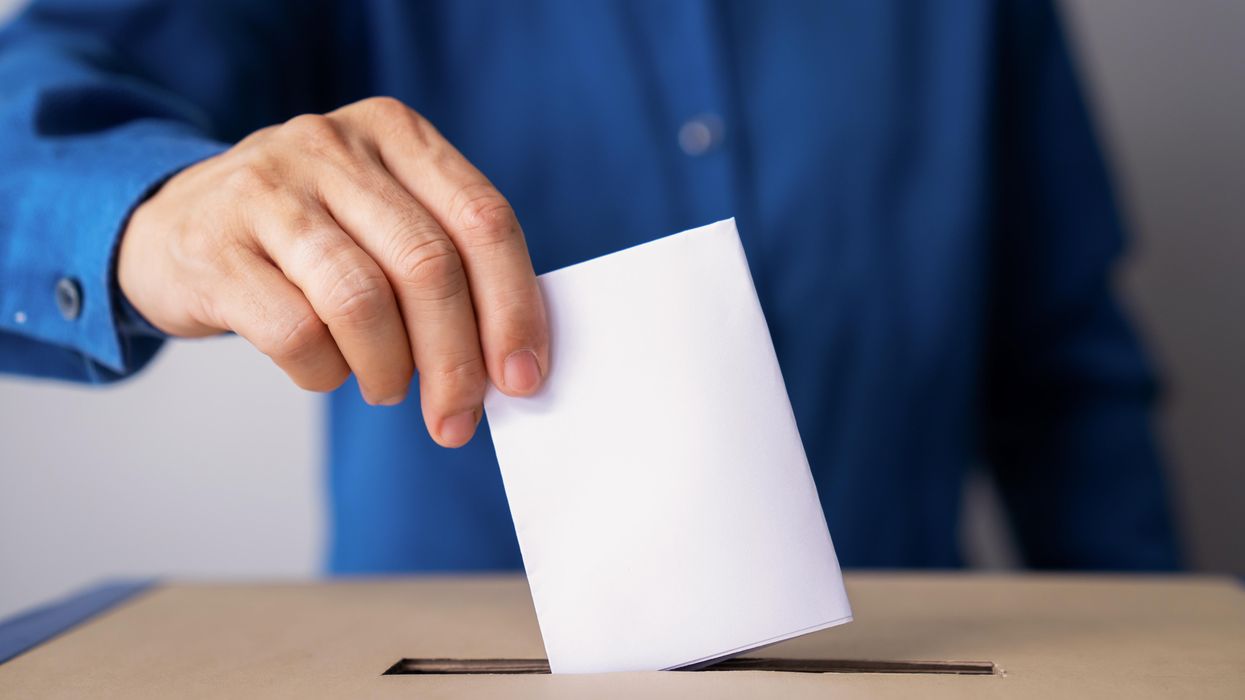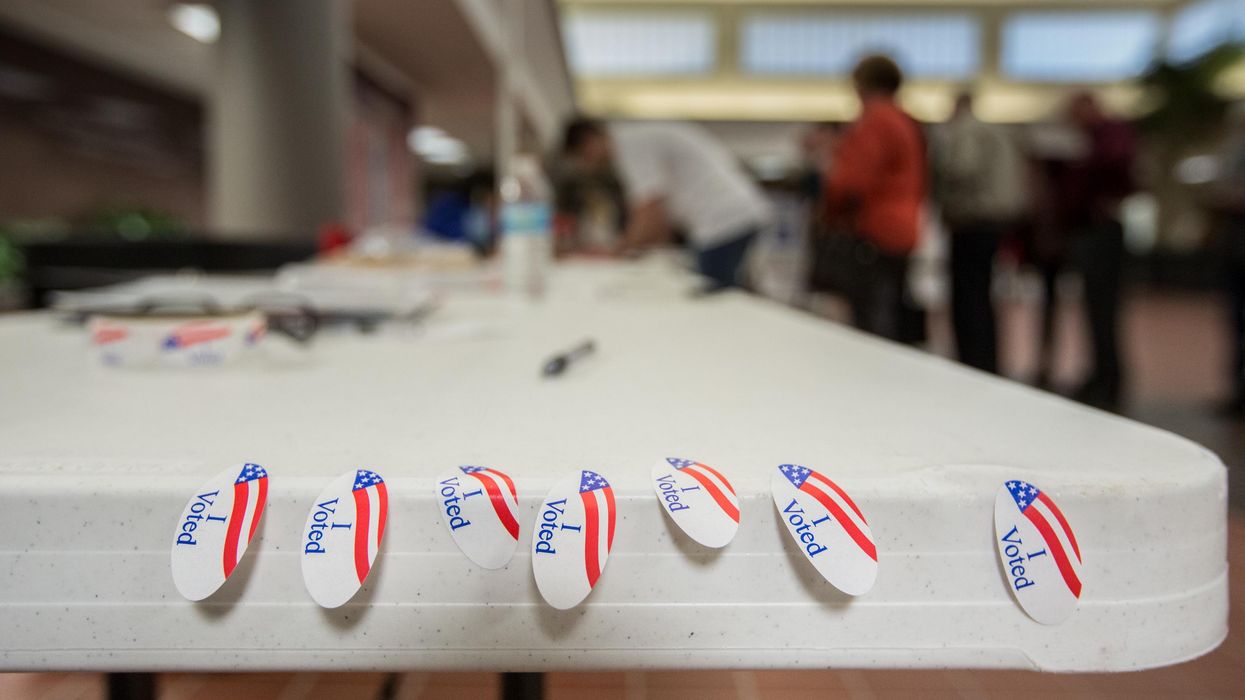Every week, thousands of Americans - who live in the 30 states that register voters by party - go to the post office, DMV, or download a voter registration form, and change their registration status from “Democrat” or “Republican” to “Independent.”
This trend is accelerating. Nationally, 43% of Americans identify as independent. In a handful of states, registered independents outnumber Democrats and Republicans combined. But the response to this trend from the politics industry has been “nothing to see here, people…the two-party system is alive and well.”
The New Republic declared that independent voters are a myth. Gallup insists that 90% of independent voters are in fact “Democrat Leaners” or “Republican Leaners,” a clever way to make a trend disappear. And to be fair to Gallup, they are simply utilizing language and concepts that have been put forth by political science and adopted by Washington.
The assertion that independent voters are, in fact, partisans in disguise has endured for years. Like phrenology—the pseudoscience of studying skull bumps to determine personality traits—intellectual scams have a way of persisting.
But there are cracks in the facade. A few brave journalists like John Halpin insist that independents should not be ignored. Organizations like the Independent Center, Unite America, and the ASU Center for an Independent and Sustainable Democracy have begun studying independent voters. My organization, Open Primaries, has been fighting for full voting rights for independents since 2009. And a growing number of mainstream candidates—like Rob Sand of Iowa, Dan Osborn of Nebraska, Rick Bennett of Maine, and Mike Duggan of Michigan, to name just a few—have embraced the growing independent disillusionment with the “rip-the-opposition-to-shreds" status quo and are offering voters a new direction.
Something is happening in America. It’s not coordinated. It’s not a new party. It’s more accurately a rejection of partyism. But old ways of seeing the world do not die easily.
Enter CNN. With great fanfare, they released a “new and improved” taxonomic understanding of independents this past week, which, on the surface, seems to take independent voters seriously. According to the authors, the poll results identify five distinct types of independents, with big implications for American politics. As party loyalty fades and the definition of that elusive swing voter shifts, elections are increasingly decided by who among these groups shows up to vote.
CNN divides independents into five categories: Democratic lookalikes, Republican Lookalikes, Checked Out Voters, the Disappointed Middle, and the Upbeat Outsiders. But when you dig into the numbers, the authors assert that 63% of independents are either partisan clones or don’t care about politics at all. Presto! While CNN gives lip service to the “big implications” of independents, they simultaneously atomize and diminish their existence. Harry Houdini would call that misdirection.
Are independents monolithic? No. They do not share a common ideology. Independents mix and match positions and policy and have no problem endorsing ideas from Bernie Sanders and Rand Paul or voting for Barack Obama and Donald Trump. They are as diverse as America. And by slicing and dicing them into silly, made-up categories, CNN perpetuates the myth that independents are not real simply because they are diverse. They miss the forest for the trees.
We live in a two-party system. And yet the largest group of voters is those who choose to separate themselves from both parties. They do so for many reasons, and the ramifications are real. Independents cannot vote in taxpayer-funded primaries in many states. And have no representation on the boards of elections and the FEC. Every aspect of politics — campaign finance, debates, and election administration — was created by Democrats and Republicans for the benefit of Democrats and Republicans. 10,000 Americans change their voter registration to independent every week, and they find themselves strangers in a strange land.
Don’t be fooled by the categories generated by the smartypants at CNN. They perpetuate the self-serving myth that independents are not truly independent. The real work is not to invent catchy categories that create the illusion of understanding. It is to recreate and reform our political process to fully include independents, the largest group of voters in the country.
John Opdycke is the president of Open Primaries, a national election reform organization.



















